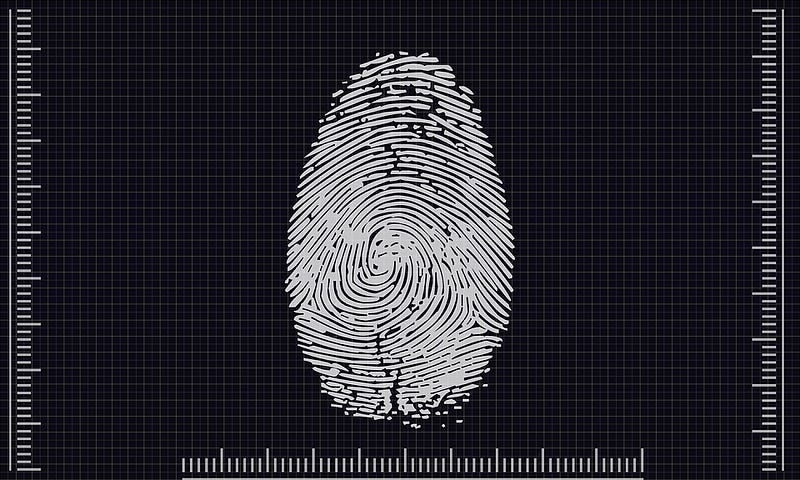Exploring the Forensic Potential of the Skin Microbiome
Written on
Chapter 1: Introduction to the Skin Microbiome
The concept of the microbiome has gained considerable traction in recent years, particularly within popular science discussions. Advancements in detection and analytical techniques have revealed that we host more microbial life than we previously understood. Contrary to the often-cited ratio of 10 bacteria to every human cell, more accurate estimates suggest that this number is much closer to 1:1, meaning that we are effectively composed of a significant amount of bacteria.
While the gut microbiome is the most recognized, serving as a vital influencer of our health and behavior, it's essential to acknowledge that we possess multiple microbiomes throughout our bodies. These microbial ecosystems vary widely depending on the location, from our noses to the spaces between our toes.
One crucial microbiome is the skin microbiome. Initially, it might seem that our skin, which is consistently exposed to external elements, would be less conducive to microbial life than our warm and nutrient-rich intestines. However, our skin is home to approximately 1,000 different bacterial species, many of which are introduced at birth. These microbes play a significant role in training our immune systems and can affect conditions like acne. Notably, similar to fingerprints, the composition of these skin microbes stabilizes after puberty.

Chapter 2: Investigating Forensic Applications
But can the traces left by our skin microbiome serve forensic purposes? A recent study aimed to explore this question. Researchers collected microbiome samples from the palms of four individuals in Hong Kong over ten days, both in the morning and evening. They also sampled nearby surfaces, including doorknobs and handrails in public areas.
The analysis revealed that these samples could effectively match individuals to specific surfaces, achieving an accuracy rate of 84% for household surfaces and 50% for public ones. Interestingly, while matching household surfaces remained reliable even after a week, accuracy declined swiftly for public surfaces due to the higher volume of microbial deposits left by various individuals.
Moreover, the study uncovered variations over time, with certain microbes showing greater presence at different times of the day. The authors speculate that this is influenced by interactions with public spaces, followed by a process of 'renormalization' linked to our daily routines, such as showering at similar times.
This research suggests that forensic microbiota traces are more than mere 'microbial fingerprints.' They represent dynamic snapshots of the intricate microbial networks formed between individuals and the surfaces they touch.
Section 2.1: Limitations and Future Directions
While the findings are promising, the small sample size of just four participants raises questions about the generalizability of the results. Additionally, since all participants lived alone, the accuracy of matching skin microbiomes to surfaces in shared living environments may prove to be more complex.
Finally, it’s important to note that microbes can easily transfer to other surfaces, complicating the potential for forensic applications. Therefore, while the idea of using skin microbiomes for forensic purposes is still evolving, it presents intriguing possibilities for future research.
The second video titled "Forensics: The Real CSI - Fingerprint Expert Claire Lynch" provides insights from a fingerprint expert discussing the nuances of forensic science.